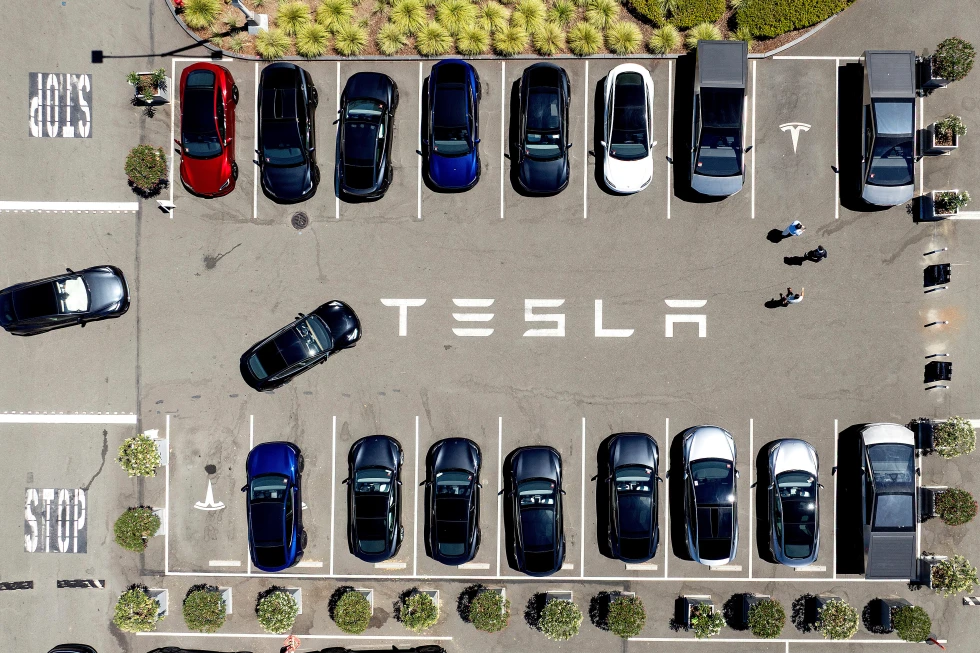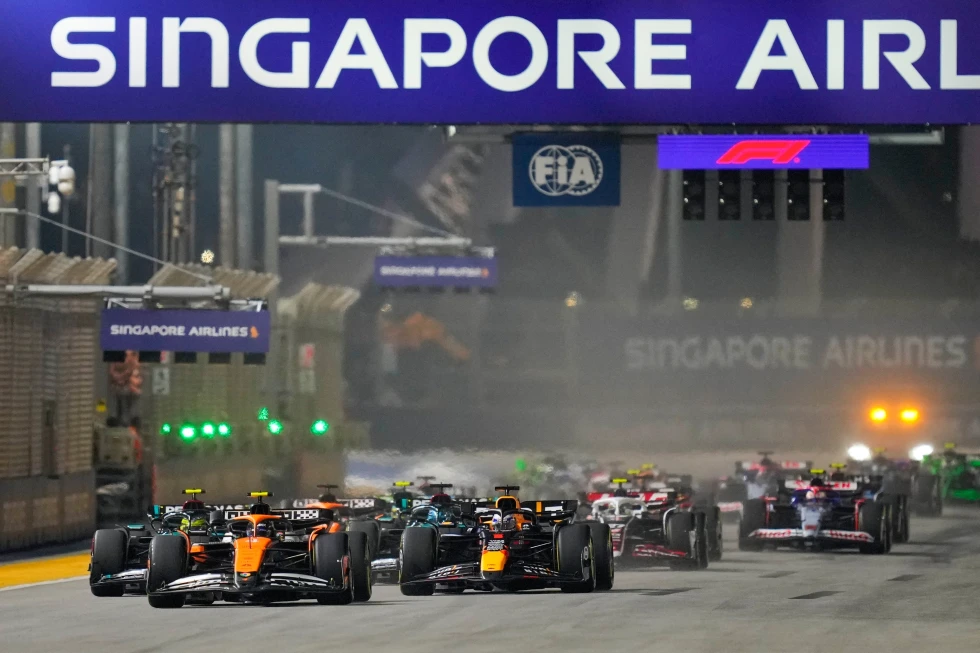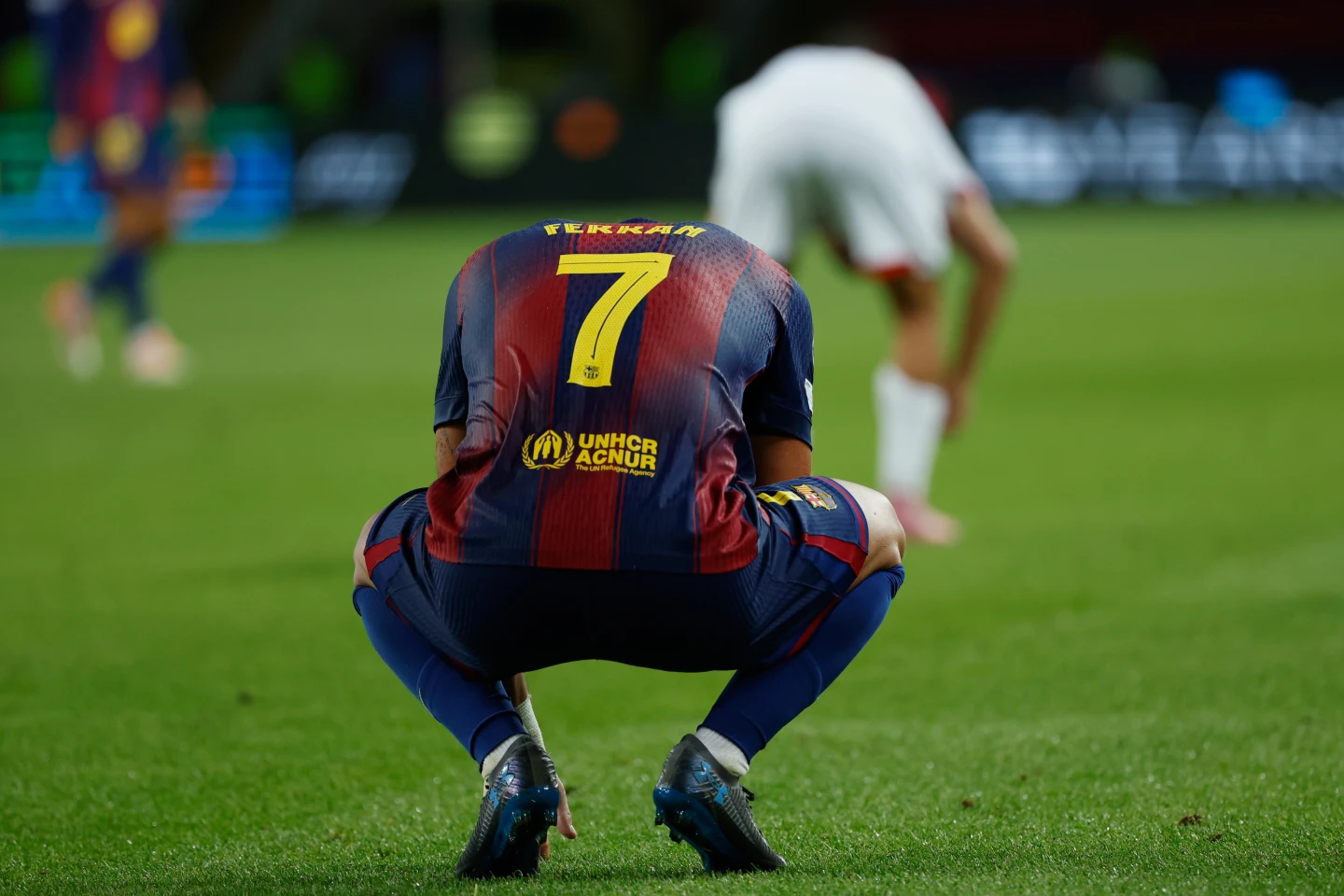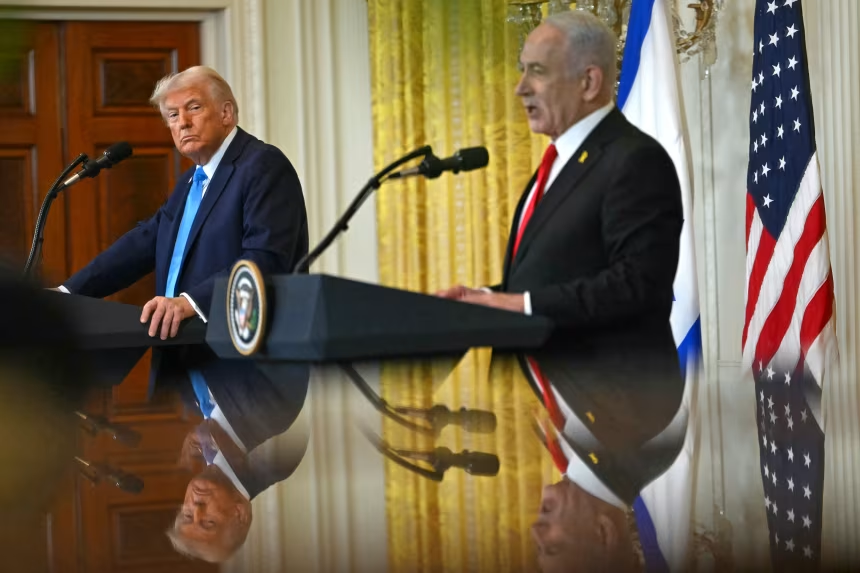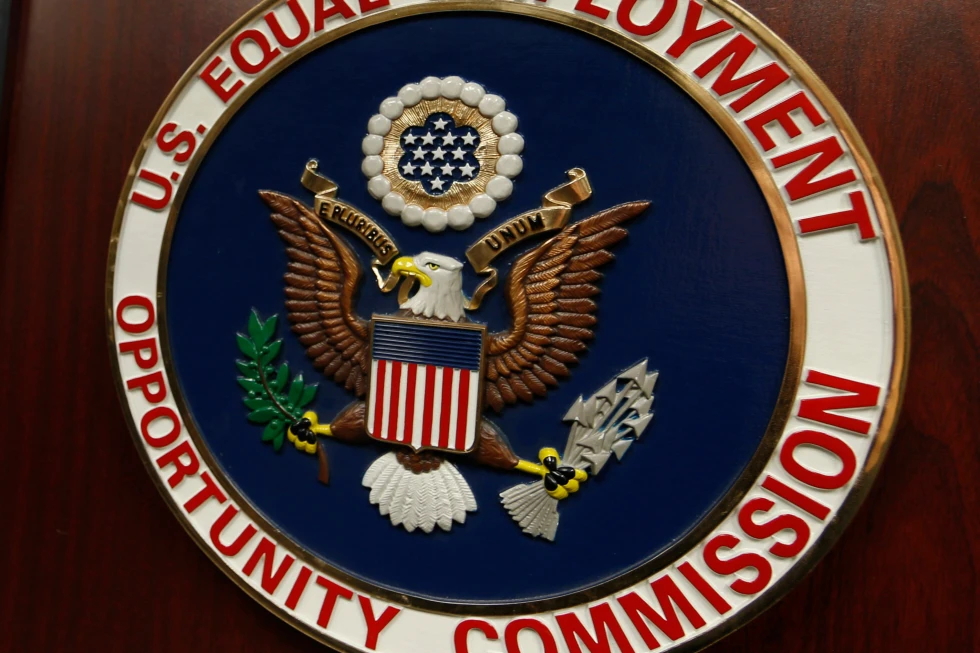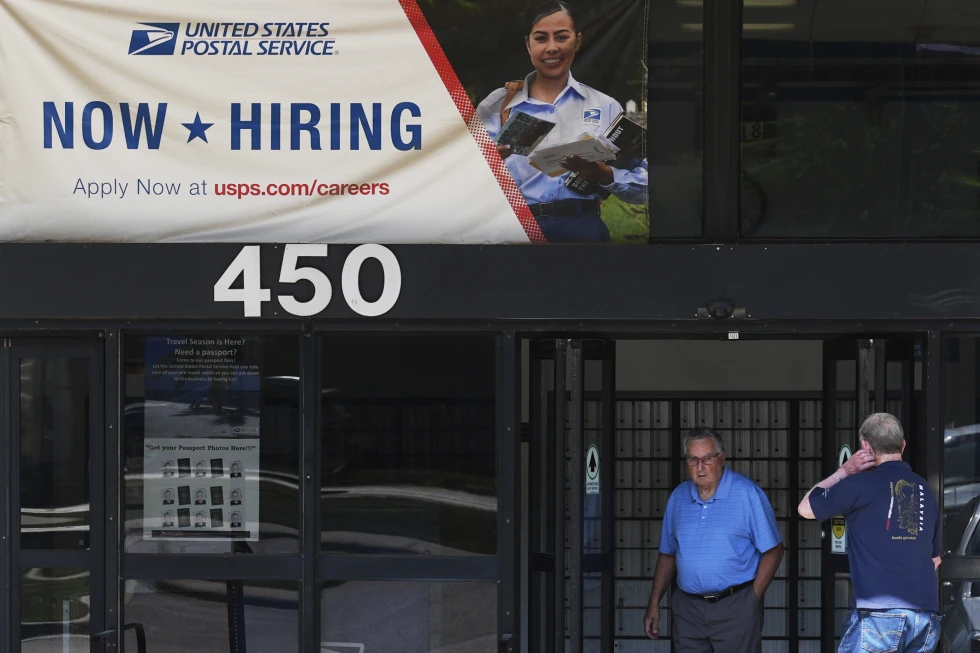f amily alleges Tesla design flaw caused tragic death
The parents of 19-year-old college student Krysta Tsukahara have filed a high-profile lawsuit against Tesla, claiming their daughter’s death was the result of a dangerous design flaw. They allege that Tesla’s reliance on electronic door mechanisms prevented her from escaping after the crash, leaving her trapped inside as flames spread through the vehicle.
The lawsuit accuses Tesla of ignoring repeated warnings and customer complaints about its door systems, which depend on battery power to operate. In the event of a fire or impact that damages the vehicle’s electrical system, the doors can become unresponsive. Although manual release mechanisms exist, they are often hidden and difficult to access quickly in emergencies.
Krysta’s parents argue that Tesla had years to redesign the doors or make emergency releases more accessible but failed to act. They believe this negligence turned what could have been a survivable accident into a fatal tragedy. The case is expected to bring renewed scrutiny to Tesla’s overall safety record, especially its treatment of customer-reported design issues.
Crash details and legal filing
According to court documents, the accident took place in a San Francisco suburb when the driver of the Tesla Cybertruck, allegedly under the influence of drugs and alcohol, lost control and crashed into a tree. The violent impact immediately sparked a fire, spreading quickly throughout the vehicle. While one passenger was pulled from the wreckage after rescuers smashed a window, three others, including Krysta and the driver, perished in the flames.
The Tsukahara family has filed the lawsuit in Alameda County Superior Court, arguing that Tesla’s design choices directly contributed to their daughter’s inability to escape. The filing emphasizes that Krysta was seated in the back seat, where manual door release options are even less intuitive than in the front. This detail, the lawsuit claims, made it virtually impossible for her to find a way out in the few moments she had before the fire engulfed the car.
The New York Times first reported the lawsuit, highlighting how this case adds to the growing number of legal challenges Tesla is facing. It has already drawn attention from auto safety advocates, who say the case underscores the need for automakers to balance innovation with fail-safe, accessible emergency exits.
Federal investigation into Tesla door safety
This lawsuit coincides with a federal investigation launched by the National Highway Traffic Safety Administration (NHTSA) into Tesla’s door systems. The probe was triggered by driver complaints that doors would not open after collisions, leaving passengers trapped inside. Some reported having to break windows to rescue children or other family members, raising alarms about the practicality of Tesla’s design in real-world accidents.
NHTSA’s inquiry is expected to examine not only the frequency of stuck-door incidents but also Tesla’s compliance with established automotive safety standards. The concern is that Tesla’s sleek, button-based electronic door handles and locking mechanisms prioritize aesthetics and technology over basic emergency functionality. Regulators want to determine whether these systems create unnecessary risks during fires, power failures, or crashes.
The federal probe and Tsukahara lawsuit together present one of the most serious safety challenges Tesla has faced in recent years. If investigators find systemic flaws, Tesla could be forced into expensive recalls, software changes, or redesigns, further complicating its already scrutinized reputation in the auto industry.
Similar cases and growing legal pressure
This is far from the first time Tesla has faced allegations of safety oversights. In August, a Florida jury awarded more than $240 million to the family of another college student killed in a Tesla crash, citing failures in the company’s vehicle design. Similar cases have emerged worldwide, suggesting that Tesla’s safety controversies are not isolated incidents but part of a larger pattern of engineering risks associated with its vehicles.
Legal experts note that Tesla’s innovative features—ranging from self-driving software to unconventional door systems—often enter the market faster than regulators can adapt. This has left courts as one of the main arenas where safety debates play out. Each lawsuit raises the stakes not only for Tesla’s financial liability but also for consumer trust in electric vehicles more broadly.
With mounting lawsuits, federal investigations, and ongoing criticism from safety advocates, Tesla is under immense pressure to prove its vehicles are as safe as they are innovative. The outcome of these legal battles could determine whether the company continues to set the pace for the electric car industry or faces a major setback in public confidence.








